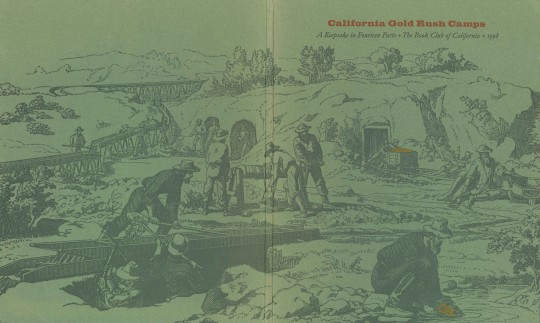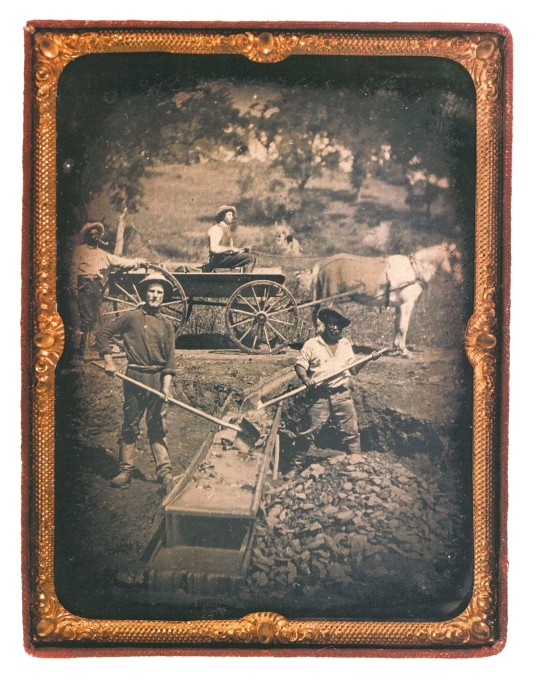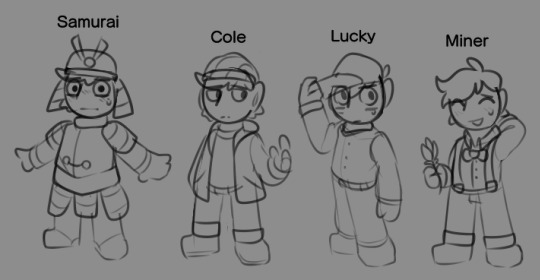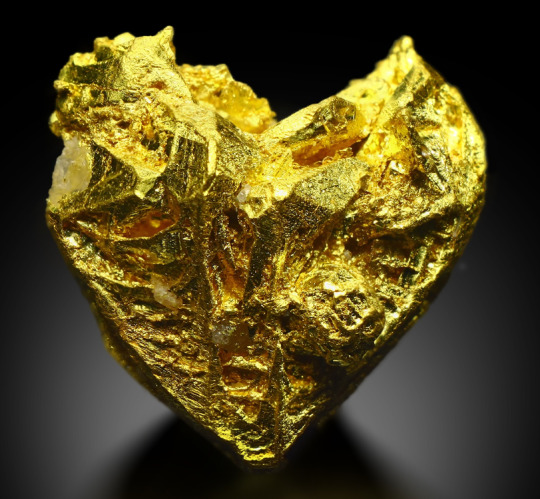#fine minerals
Text

Brandberg Amethyst from Namibia
#amethyst#crystals#minerals#gems#gems and minerals#nature#mineral collection#natural crystal#crystal#gemstones#rocks#amethyst crystal#brandberg amethyst#Brandberg#purple crystals#fine minerals#amethyst cluster#amethyst point#raw amethyst#witchy#geology#geology rocks#cool rocks#crystal collection#rock collection#smoky amethyst
19 notes
·
View notes
Text
Looking for LEMURIAN SEED CRYSTALS?
Rock Star Crystals now has the largest collection of LEMURIANS in NYC!
0 notes
Text

Quartz, West Sulawesi Province, India, photo by Fine Mineral Photography
73 notes
·
View notes
Text

"In every way possible, lab-grown specimens are exactly the same as specimens mined in mass quantities which cause significant environmental harm and numerous human rights violations,"
"-but we are labeling them as 'fake' so you feel bad about buying them, because they are cheaper and more environmentally friendly, and we want to make as much money as we can :)"
#I haven't bought any crystals or minerals in years#the quartz I pick up in my backyard while gardening works just fine#dont need the capitalism and child labor mixed into my craft thx#salt#witch#witchblr#pagan#witchcraft#paganism#crystals#crystal healing#minerals#geology
467 notes
·
View notes
Text

06/05/2023 Caterpillar making Nonstandard Life Choices.
Marmara arbutiella is a tiny caterpillar that lives inside arbutus leaves. It leaves the waxy top and bottom layer of the leaf intact for shelter and eats a tunnel through the juicy middle layer, writing a gleaming silvery spiral into the flesh of the leaf.
The Blue Haired Girlfriend found this Caterpillar of Nonstandard Life Choices living in a salal leaf instead of an arbutus lead. These eccentrics turn up occasionally in a small area that includes our island.
We know the salal-dwellers are Marmara arbutiella, because someone sent a salal leaf with a caterpillar in it to Charley Eiseman (see @lies's Charley Eiseman Appreciation Post) and he got it DNA barcoded.
But nobody has observed a salal-dweller outside the leaf. We don't know if it has morphological differences from the arbutus-dwellers as an adult moth, like maybe a new subspecies is starting to branch off here.
So we picked the leaf and put it in a jar with a little moss to hold moisture. Hopefully there's still a Caterpillar of Nonstandard Life Choices in it, and the caterpillar will crawl out of the leaf, make a cocoon, and emerge into an adult we can send to Charley Eiseman.
The cocoon is pretty exciting too, described in the poetic words of Wagner, Loose, Fitzgerald, De Benedictis, and Davis:
The larvae exhibit a fascinating cocoon-spinning behavior which involves prolonged ornamentation of the cocoon with dozens of anally extruded compartmentalized bubbles, each of which is individually wrapped in silk and pushed through to the outer cocoon surface.
I, for one, am delighted at the prospect of a cocoon containing a moth nobody has ever seen, festively garlanded in silk-wrapped bug farts.
#daily#leaf miner#marmara arbutiella#moth#another fine post about animal poop#animals farts really but I don't have a tag for that#spoilers from future everwest: caterpillar had already left leaf#we did not get to see a fart cocoon or nonstandard life choices moth
145 notes
·
View notes
Text
Milestone Monday










February 5th marks the anniversary of the discovery of the largest alluvial gold nugget in history, known as “Welcome Stranger.” The nugget was found in 1869 by miners John Deason and Richard Oates just outside of Dunolly, Australia. It weighed just under 193 pounds earning the miners roughly £9,381 (equivalent to around A$743,000 today). A little over 8,000 miles away, California was winding down its famed gold rush that forever altered the area’s landscape, societal growth, and indigenous communities.
California Gold Rush Camps: A Keepsake in Fourteen Parts published in 1998 by The Book Club of California documents the lives of miners and the camps that shaped California in the latter half of the 1800s. The keepsake contains fourteen folders, each highlighting the history of a camp that played a notable role in the gold rush. The text is accompanied by color illustrations from Life Among the Miners published by Hutchings & Rosenfield in 1854, sketches published in local magazines and newspapers, lithographs, and a daguerreotype. The series was edited by Robert J. Chandler and designed and printed by Patrick Reagh Printers, Inc.
In alignment with their commitment to sharing California history, The Book Club of California presented portions of this publication at the 1998 Western History Association annual meeting. California Gold Rush Camps: A Keepsake in Fourteen Parts is part of an extensive collection of The Book Club of California materials held within Special Collections. This book is another gift from our friend Jerry Buff.
View other posts on gold mining.
Read other Milestone Monday posts here!
– Jenna, Special Collections Graduate Intern
#milestone monday#welcome stranger#gold nugget#gold rush#gold mining#California Gold Rush#California Gold Rush Camps#mining camps#The Book Club of California#Life Among Miners#daguerreotype#Patrick Reagh Printers#fine press books#Jerry Buff
28 notes
·
View notes
Text

Chalcopyrite II
Instagram
#original photographers#photographers on tumblr#photographers on instagram#photographers on flickr#stone#gem#gemstone#minerals#crystals#minimal#minimalism#abstract#blue#art#fine art#texture#macro#macrophotography#close up#Andrei Grigorev
21 notes
·
View notes
Text







lots of stuff!!! including @mochiiniko 's intern sona
#rhythm doctor#logan got fashion advice from the boys. miner is the only one with fashion#trans insom :) also samurai is fine. probably#rhythm doctor logan#rhythm doctor samurai#rhythm doctor insomniac#rhythm doctor oc
35 notes
·
View notes
Text


MEDPOC MOVE OVER (TWO TIMES)
#mochagaming#they kept getting away with this#cargo shorts medpoc vs carabiner medpoc which is gayer#AGGHHHH WHY ETER N KB SO FINE#I HATE IT WHEN MINERAL WOMEN….#mfw characters so pretty it drives me angry#i nEEd that Kaalaa Bauaa cutout btw#i will do… very normal things with it trust (make a shrine)#me and the bad bitches i pulled by#i would like to apologize to my mutuals for my recent insanity#it will keep happening
17 notes
·
View notes
Text
everytime i see someone crunch up rocks for a video without wearing a mask of some sort i do this

15 notes
·
View notes
Text

Amethyst from Veracruz, Mexico
#amethyst#gems#gemstones#gems and minerals#mineral collection#minerals#natural crystal#rocks#rocks and minerals#crystal#crystal cluster#amethyst crystals#amethyst crystal#raw amethyst#veracruz amethyst#fine minerals#mineral collecting#crystal collection#crystals#natural crystals#crystals on matrix#purple crystals#quartz#quartz crystals#geology#cool rocks#geology rocks#science#earth science#nature
221 notes
·
View notes
Text
GEMSTONE HEARTS at Rock Star Crystals!
Come see the Largest Collection of Natural MINERAL HEARTS in NYC!
0 notes
Text








Some hearts for February
Disapore, Mugla Province, Turkey, photo by Tama Higuchi
Baryte, Clara Mine, Germany, photo by Niels Brouwer
Fluorite, Yaogangxian Mine, China, photo by Ford Minerals
Gold, Jinfeng Mine, China, photo by Guoliang Sun
Cerussite, Touisst, Morocco, photo by Malte Sickinger
Tourmaline (rubellite), Palelni Mine, Mynamar, photo by JP Lassort
Rhodochrosite, N'Chwaning Mines, South Africa, photo by Brian Greenstone Erythrite, Bou Azzer Mining District, Morocco, photo by Quebul Fine Minerals
#Disapore#baryte#fluorite#gold#cerussite#tourmaline#rubellite#rhodochrosite#erythrite#tama higuchi#niels brouwer#ford minerals#guoliang sun#malte sickinger#jp lassort#brian greenstone#quebul fine minerals#mineral#geology#photography#microphotography
219 notes
·
View notes
Text
one thing abt me is i will sign up for some difficult, unusual af thing and then regret it and be anxious abt it
#yeahh im going to the mine to spend the whole day imitating a shift of a coal miner#like how tf did i think i was even physically able to do it cgjdkdjlv#when my friend suggested this i was like sure why not but now the day before im literally all over the place#girl help im scared#i mean it will probably be fine. its a tourist attraction after all. only just a bit more extreme lmao#mine
11 notes
·
View notes
Text
As much as I complain about the (at its core, justified) backlash to corporate AI going in counterproductive-at-best directions here, I would like to take a moment to talk about what I would like to see done about the problem of corporate swarming all over AI as a moneymaking fad.
First, I must address the true root of the problem: as we all know, a lot of the types of people known derogatorily as techbros jumped ship from cryptocurrency and NFTs to AI after crypto crashed...multiple times. Why AI? Why was it the next big thing?
Well, why was crypto the previous? Because it was novel and unregulated. Why did it crash? Because of the threat of regulation.
It is worth mentioning, at this point, that the threat of regulation ended up doing massive harm to people who used crypto for reasons OTHER than speculative investment scams. This included a lot of people who engaged in business that is illegal but lifesaving (e.g., gray-market pharmaceuticals), and people who engaged in business that is technically legal but de facto illegal due to payment processors hating it (e.g., porn and other online sex work) - i.e., a lot of extremely vulnerable people. Stick a pin in this, it will be important.
AI is a novel and largely unregulated field. This makes it EXTREMELY appealing to venture capitalists and speculative investors - they can fuck around and do basically whatever they want with little to no oversight, and jump ship the moment someone says "all right, this is ridiculous you CANNOT just keep pretending it's a rare fluke when your beefed-up autocomplete chat bot makes up garbage information, and the next clown who decides that a probability function trained on the ableism and pop-psych poisoned broader internet is a viable substitute for trained mental health counselors is losing any licenses they have and/or getting fined into bankruptcy." They've always been like this - when technology is too new for us to even know how we SHOULD regulate it, the greedy capitalists flock to it, hoping to cash out quick before an ounce of responsibility catches up to them, doubly so when it's in a broader field that's already notoriously underregulated, such as the tech sector in the US right now.
That tendency is bad for literally everyone else in the process.
Remember what I said about how the crypto crackdown hurt a lot of very vulnerable people? Well, developers aren't lying when they say that AI can have extremely valuable, pro-human applications, from AAC (which it's already serving as; this is, imo, THE most valuable function of ChatGPT), to health and safety - while we absolutely should not entrust things like reading medical images and safety inspections to AI without oversight, with oversight it's already helping us find cancers faster, because while computers are fallible, so are humans, and we're fallible in different ways. When AI is developed with human-focused applications in mind over profit-focused ones, it can very easily become another slice of Swiss cheese to add to one of our most useful safety models.
It can also be used for automation...for better, and for worse. Of course, CEOs and investors are currently making a hard push for "worse".
That's why I find it very important to come up with a comprehensive plan to regulate AI and tech in general against false advertisement/scams and outright endangerment, without cutting too deep into the potential it has for being genuinely good.
My proposals are as follows:
PRI. VA. CY. LAW. PRIVACY LAW. PRIVACY LAW. As it stands now, US law regarding online privacy and data security - which is extremely pertinent because most of the most unscrupulous developers are US-based - is at best a vicious free-for-all that operates entirely on manufactured "consent", and at worst actively hostile to everyone but corporate interests. We need to change that ASAP. As it stands, robots.txt instructions (and other similar things, such as Do Not Track flags) are legally...a polite request that developers are 100% allowed to just ignore if they feel like it. The entire mainstream internet is spyware. This needs to change. We need to impose penalties for bypassing others' privacy preferences and bring the US up to speed with the EU when it comes to privacy and data security. This will solve the problem that many are counterproductively trying to solve by tightening copyright law with more side benefits and none of the drawbacks.
Health and safety audits and false advertising crackdowns. Penalties must be imposed on entities who knowingly use AI in inappropriate and unsafe applications, and on AI developers who misrepresent the utility of their tools or downplay their potential for inaccuracy. Companies using AI in products with obvious potential hazards, from robotics to counseling, are subject to safety audits to make absolutely sure they're not cutting corners or understating risks. Developers who are found to be understating the limitations of their software or cutting safety features are subject to fines and loss of licenses.
Robust union protections, automation taxes, and beefing up unemployment/layoff protection. Where automation can and cannot be used in the professional sector should never be a matter of law beyond the safety aspect, but automation rollouts do always come with drawbacks - both in the form of layoffs, and in the form of complicating the workflow in the name of saving a buck. The government cannot make sweeping judgments about how this will work, because it's literally impossible for them to account for every possibility, but they CAN back unions who can. Workers know their workflow best, and thus need the power to say, for instance, "no, I need to be able to communicate with whoever does this step, we will not abide by it being automated without oversight or only overseen by someone we can't communicate with adequately, that pushes the rest of our jobs WAY beyond our pay grade" or "no, we're already operating on a skeleton crew, we will accept this tool ONLY if there are no layoffs or pay cuts; it should be about getting our workload to a SUSTAINABLE level, not overworking even fewer of us". Automation taxes can also both serve as an incentive for bosses to take more time considering what they do and do not want to automate, and contribute to unemployment/layoff protection (and eventually UBI). This will ensure that workers will be protected, even when they're not in fields as visible and publicly appreciated as arts.
In conclusion, the AI situation is a complicated one that needs nuance, and it needs to be approached and regulated in a pro-human, pro-privacy way.
#not art#needless to say this plan ALSO involves linking fines in general to income/revenue#so that small time developers arent bankrupted by an honest mistake of forgetting one (1) line of code#and megacorporations can't just go ''ohhh teehee oopsie-woopsie we made a fucky-wucky'' and pay 10% of what they earned by breaking the law#after their mining bot goes on a rampage and kills 7 human miners and blows up a national monument and poisons a reservoir serving 50k#because they took out a critical sensor and went ''its fiiiiiine the ai can operate on just cameras~''
26 notes
·
View notes
Text




my cope to things happening in life is to immediately pump out art good day,
more under the cut but warning for bloood n some anatomy practice


#rhythm doctor#rd connections converged#blade bros bosting#<going back to use this tag for all my blade bro posts#also dw im fine drawing is just hoow i vent#rhythm doctor miner#rhythm doctor lucky#rhythm doctor insomniac#rhythm doctor samurai#cole brew#nicole ting
27 notes
·
View notes